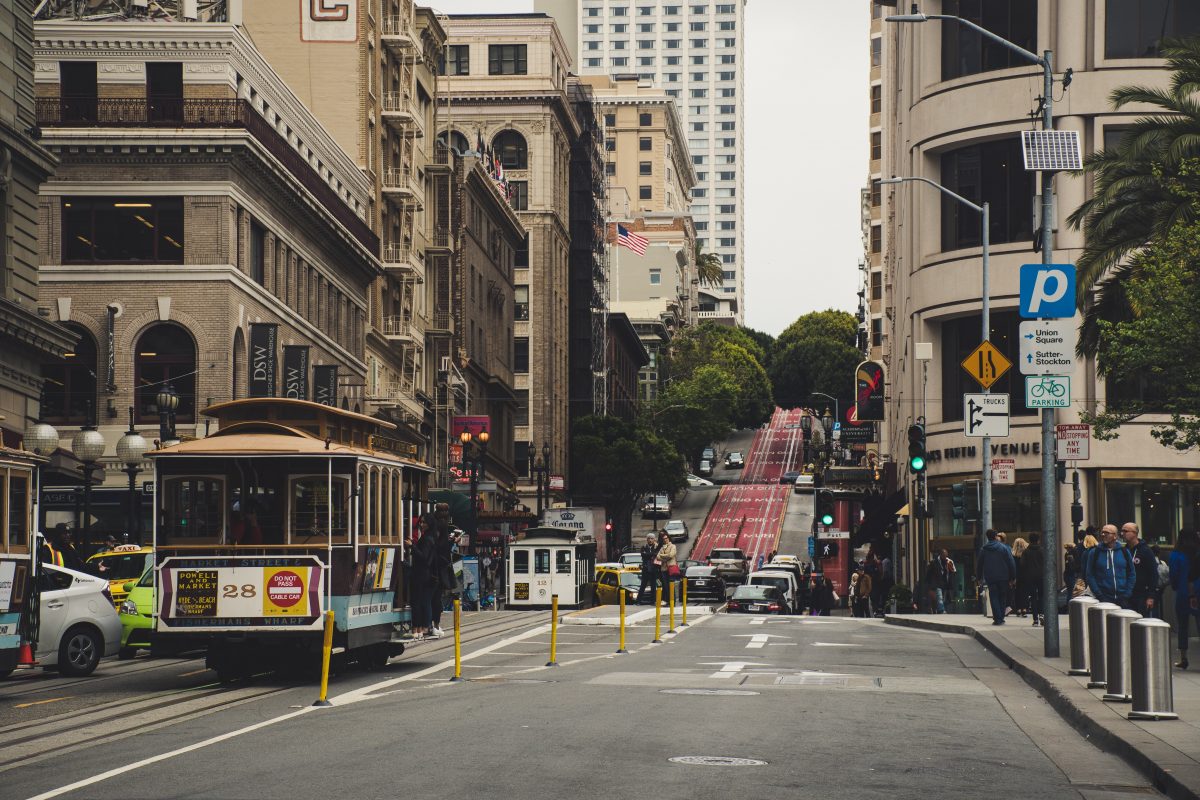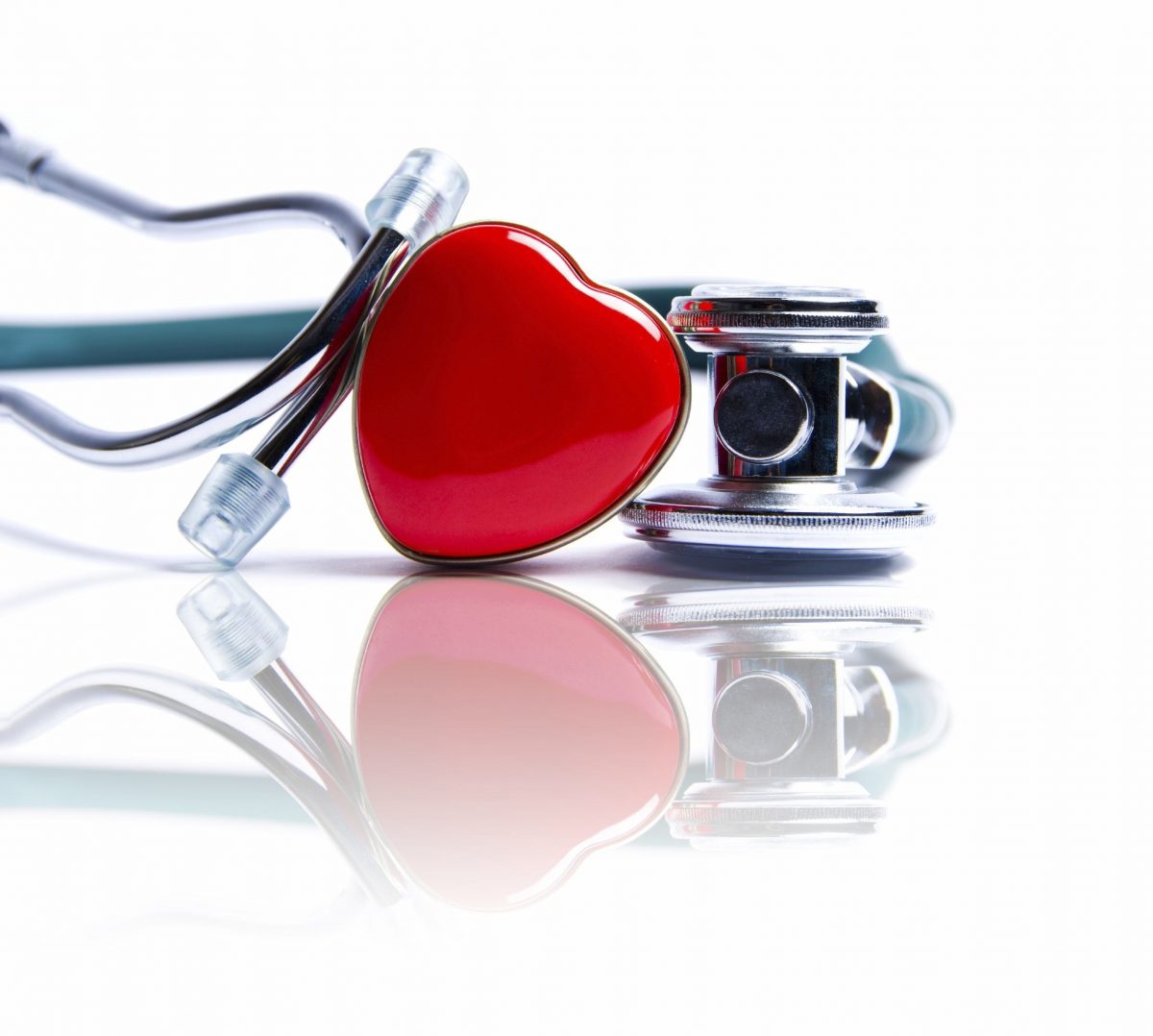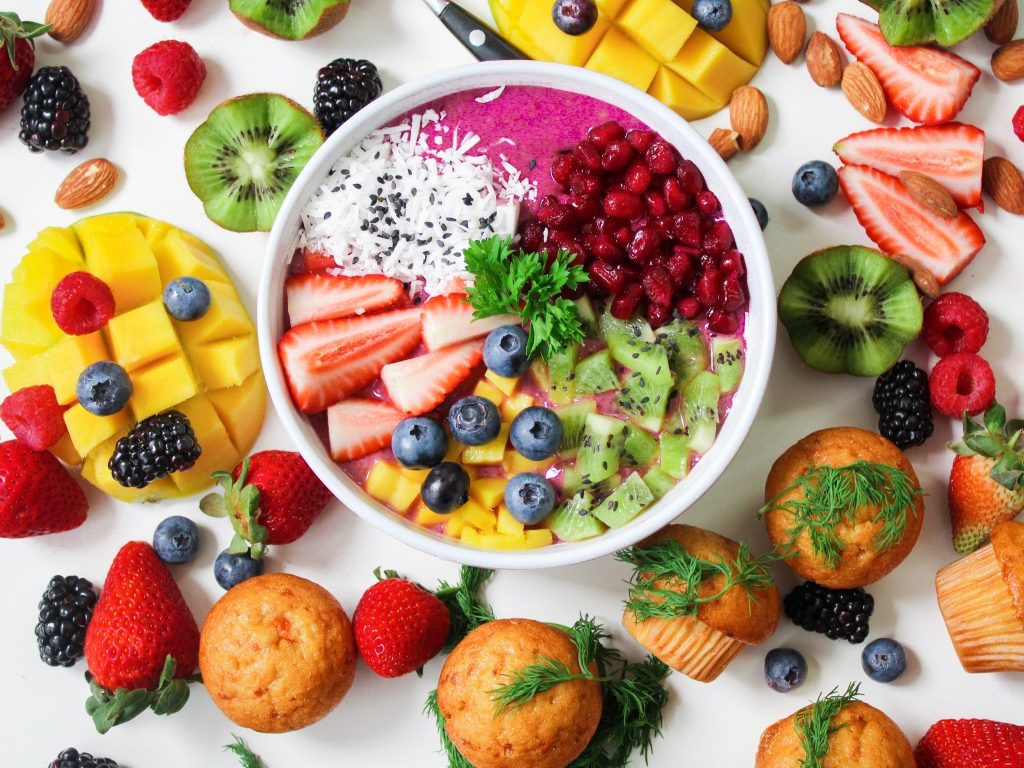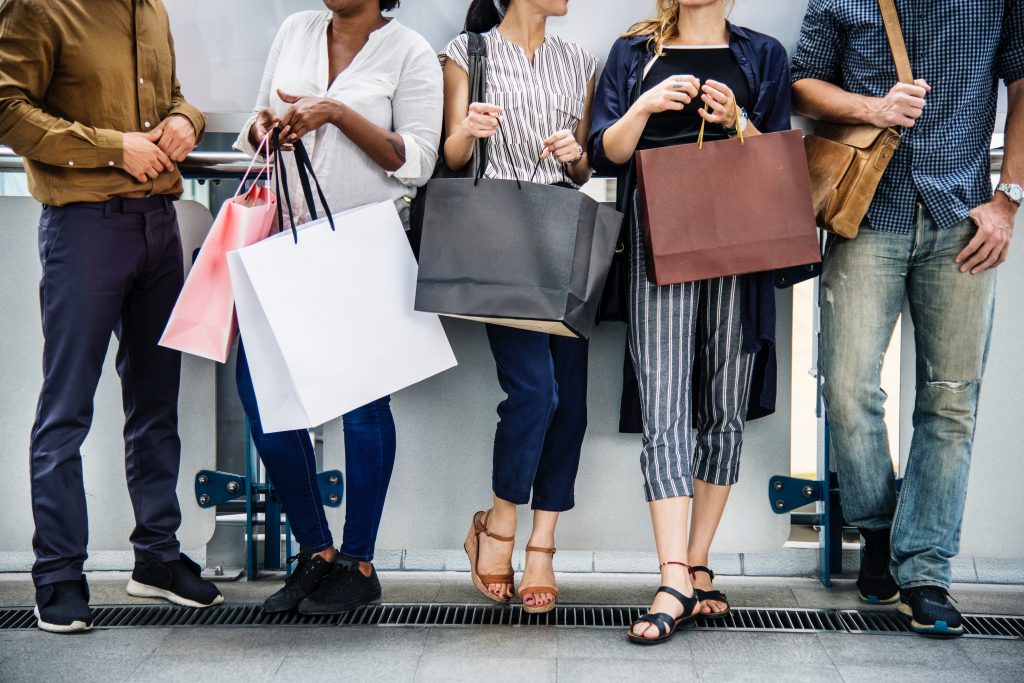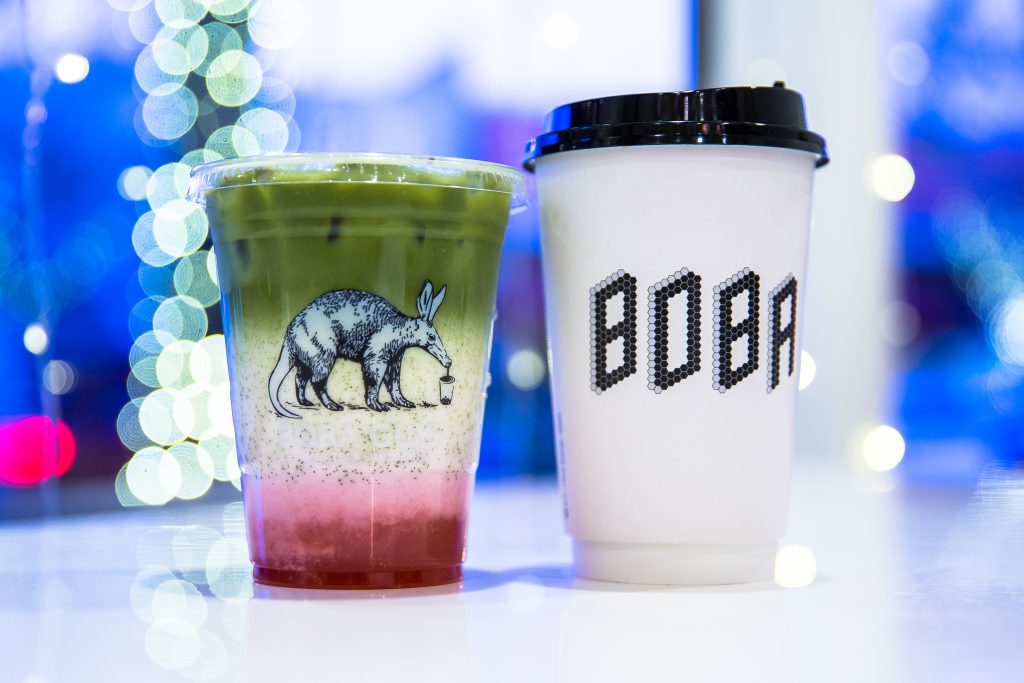When people think about traveling to Arizona, they are usually thinking about flying into Phoenix. However, there are a few gems like Mesa, a suburban city located just 30 miles east of Phoenix. It is a popular destination for shopping, museums, and natural attractions for everyone in the family! I’ve listed a few classic favorite places to visit in Mesa, AZ.
Shopping
Mesa Market Place Swap Meet
The Mesa Market Place Swap Meet is one of the most popular attractions in the city not just for tourists but for locals as well. This recreational shopping takes up one and a quarter miles with hundreds of merchants taking over the 1,600 market spaces. Admission is free and there is always live entertainment. It is also 100% handicap accessible and family-friendly. The marketplace gets quite popular, so be sure to arrive early if you want to avoid the crows. If you plan on walking the whole mile and a quarter, which I highly suggest, I would recommend wearing some walking shoes. There are a lot of great deals and a huge variety of merchandise available from trinkets to home decorations to vintage pieces. Also, bring cash since it’s easier for most vendors!
Hours: Friday thru Sunday 7:00 AM – 4:00 PM (varies by season)
Address: 10550 E Baseline Rd, Mesa, AZ 85209-8304
Superstition Ranch Market
Whether you are paying a day visit to Mesa or you have planned a couple days in this city, be sure to check out Superstition Ranch Market for some fresh produce and other products from local farmers and vendors. Superstition Ranch market is a family owned produce and specialty farmers market with a large selection of fresh produce at amazing prices! I’ve heard you can get some delicious jams here as well. What better way to get in touch with local culture and food by shopping at one of their infamous markets.
Address: 4755 E Main St, Mesa, AZ 85205-7907
Museums
Commemorative Air Force Museum

If you only have one day to visit Mesa, I highly recommend making a pit stop at the Commemorative Air Force Museum for a couple of hours. It is one of Arizona’s top-rated attractions and boasts of many authentic war artifacts and hundreds of exhibits. Even if you are not a history fanatic or obsessed with airplanes, I guarantee that you will still have a wonderful thanks to the amazing tour guides (who really make or break a museum) and the opportunity to board a couple of planes if they’re available. Adults and children alike are definitely going to enjoy this experience.
Hours: Sunday thru Saturday 10:00 AM – 4:00 PM
Address: 2017 N Greenfield Rd, Mesa, AZ 85215-2401
i.d.e.a. Museum
If you are traveling with toddlers, the i.d.e.a. Museum is the perfect place to take them especially if you just want them to use up as much energy as possible. The museum mission statement is to “provide opportunities for children of all ages to embark on new experiences aimed at helping them see their world differently.” There are various activities, toys, and crafts available on site and these interactive activities will preoccupy and stimulate your child’s mind and creativity. The facility is well-kept, clean and organized with hand sanitizers available.
Hours: Sunday 12:00 PM – 4:00 PM
Tuesday thru Thursday 9:00 – 4:00 PM
Friday 9:00 AM – 6:00 PM
Saturday 9:00 AM – 4:00 PM
Address: 150 W Pepper Pl, Mesa, AZ 85201-7317
Arizona Museum of Natural History
Make sure to stop by the Arizona Museum of Natural History especially if you like dinosaurs. This museum is dedicated to the natural and cultural history of the Southwest and covers the timeline from creation to present. There are many artifacts like origins of the earth, meteorites, and minerals as well as the remnants of creatures of the past. Did I mention there’s also a Dinosaur Hall?!
Hours: Sunday 1:00 PM – 5:00 PM
Tuesday thru Friday 11:00 AM – 5:00 PM
Saturday 11:00 AM – 5:00 PM
Address: 53 N Macdonald, Mesa, AZ 85201-7325
Mesa Arts Center
Although the Mesa Arts Center itself is not a museum, it does have one you can definitely check out. This is Arizona’s largest arts center consisting of four theaters, five art galleries, and fourteen art studios. Their mission is to inspire people through engaging arts experience that are diverse, accessible, and relevant. Visit here for some live entertainment and performances. Don’t forget to check out its numerous visual art exhibitions. Plan to spend two to three hours here if you decide to visit. Be sure to check out their website for shows, classes, events, and museum hours.
Address: 1 E Main St, Mesa, AZ 85201-7403
Natural Attraction
Usery Mountain Regional Park
The sights at Usery Mountain Regional Park are amazing and you won’t want to miss out especially if you enjoy hiking and just being in the great outdoors. There are also plenty of picnic shelters and washroom throughout the park along with a huge variety of accessible trails ranging from easy to challenging. Oh, and bring you dog along!
Address: 3939 N Usery Pass Rd, Mesa, AZ 85207-2570
Other
Vertuccio Farms
Vertuccio Farms is a great place to bring your family for some friendly farm adventures! It is family-owned and admission is at a very affordable price. They have various activities available around the farm and they regularly have exciting new events. For example, they have annual Fall Festivals in the fall and they host a Christmas Light Show in the winter. This year, they have also planned an East Egg-Sperience in April and a Love Pup Family Fest in September. It’ll be loads of fun!
Address: 4011 S Power Rd, Mesa, AZ 85212-3601




